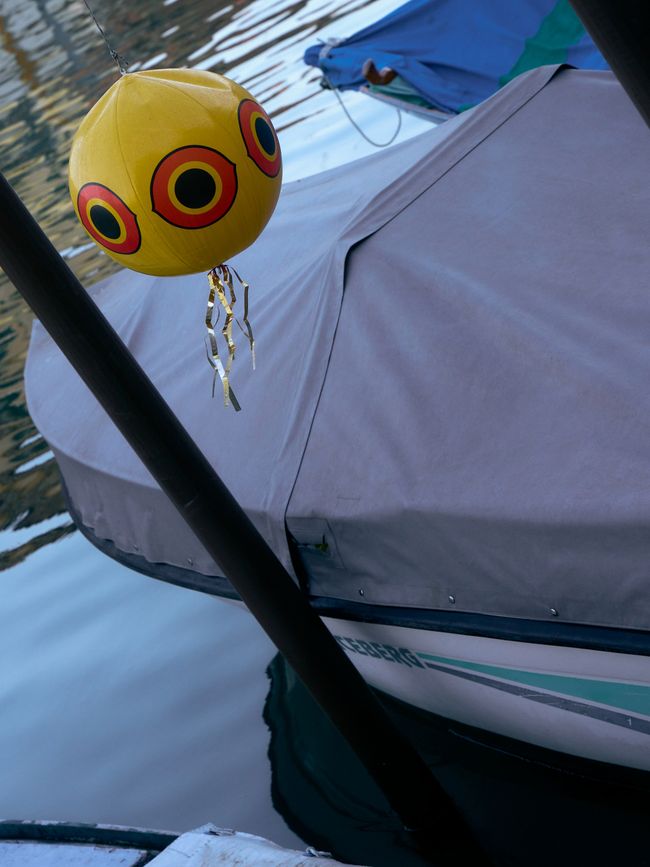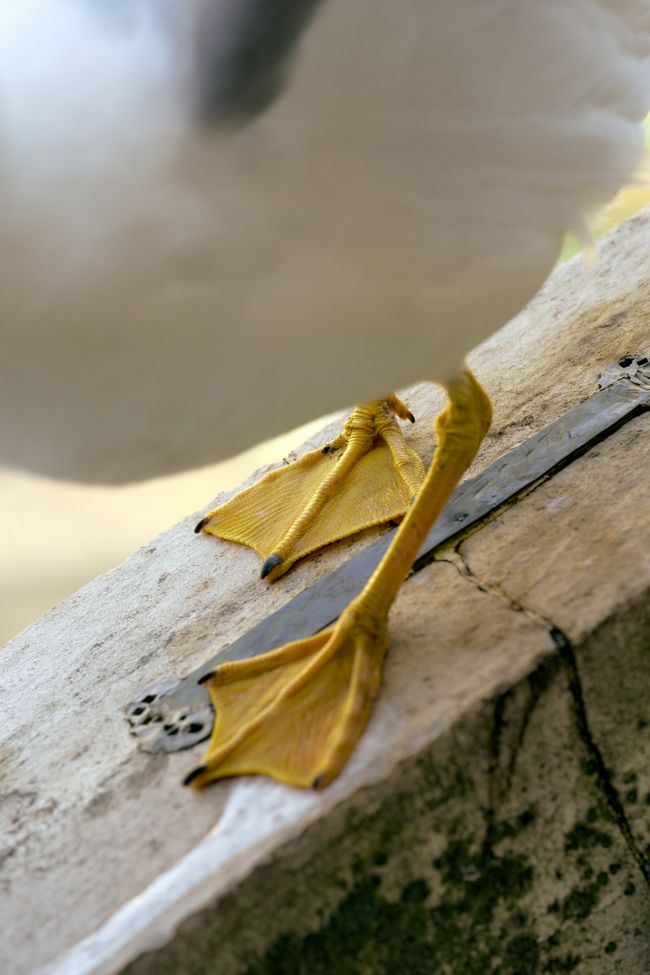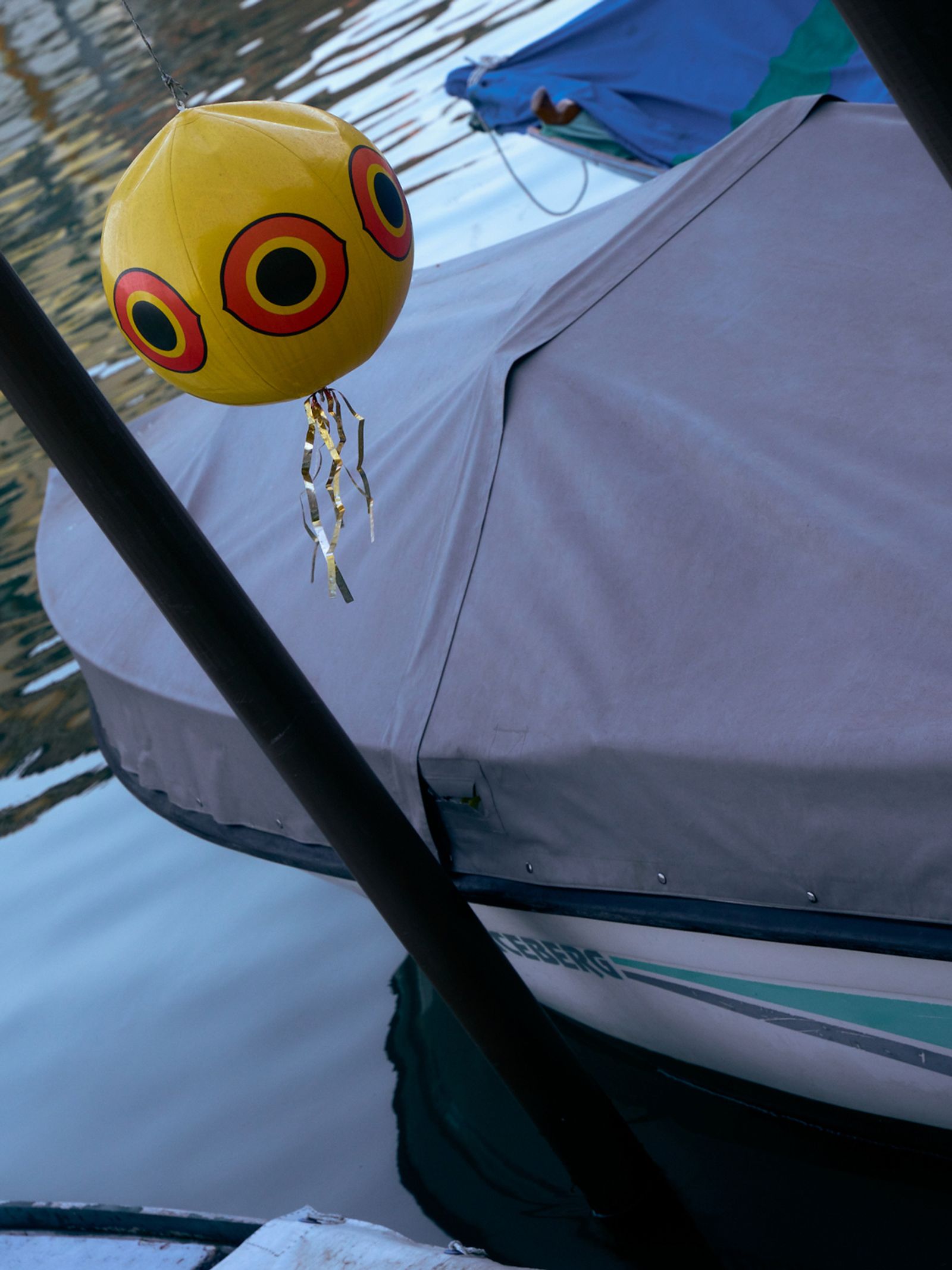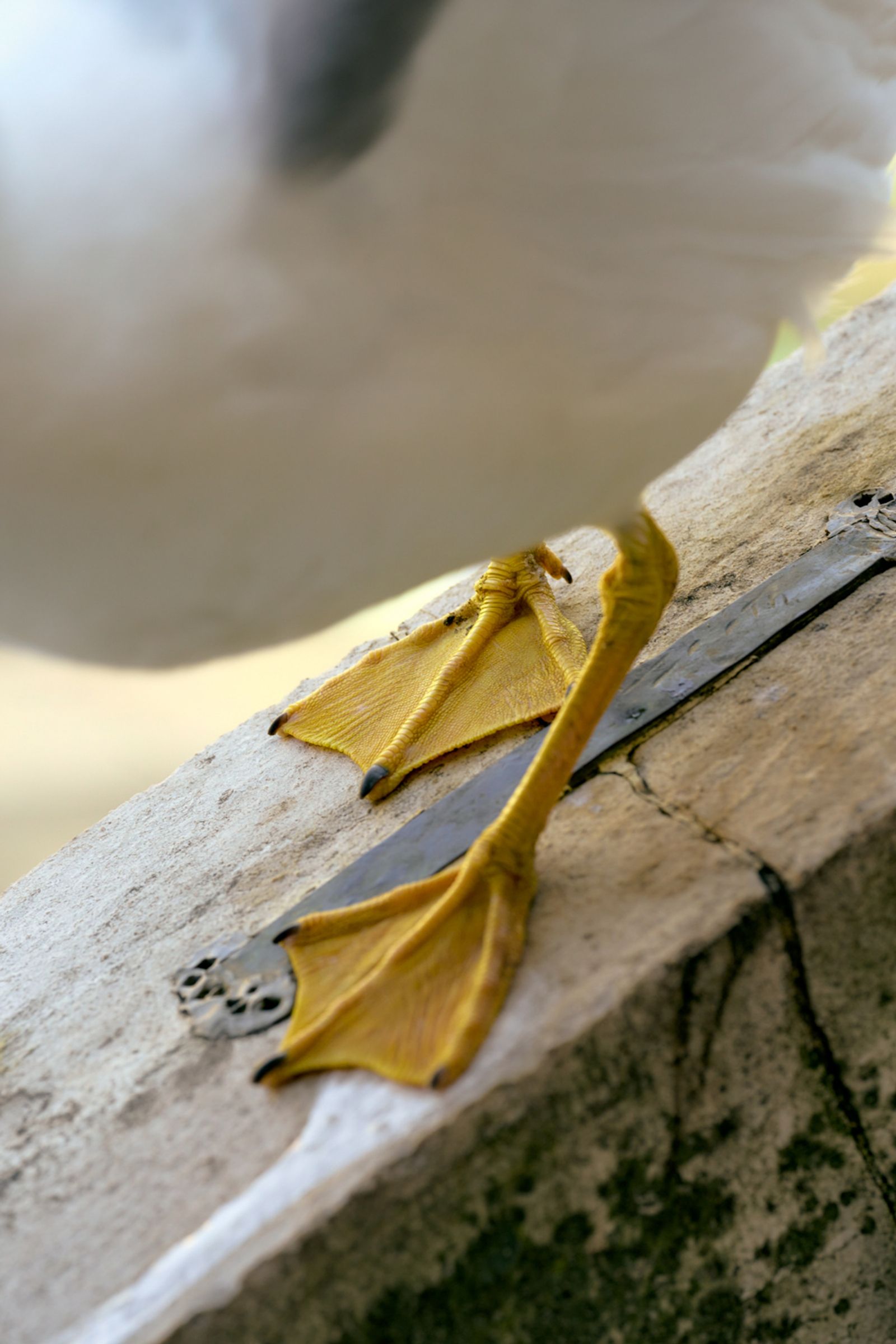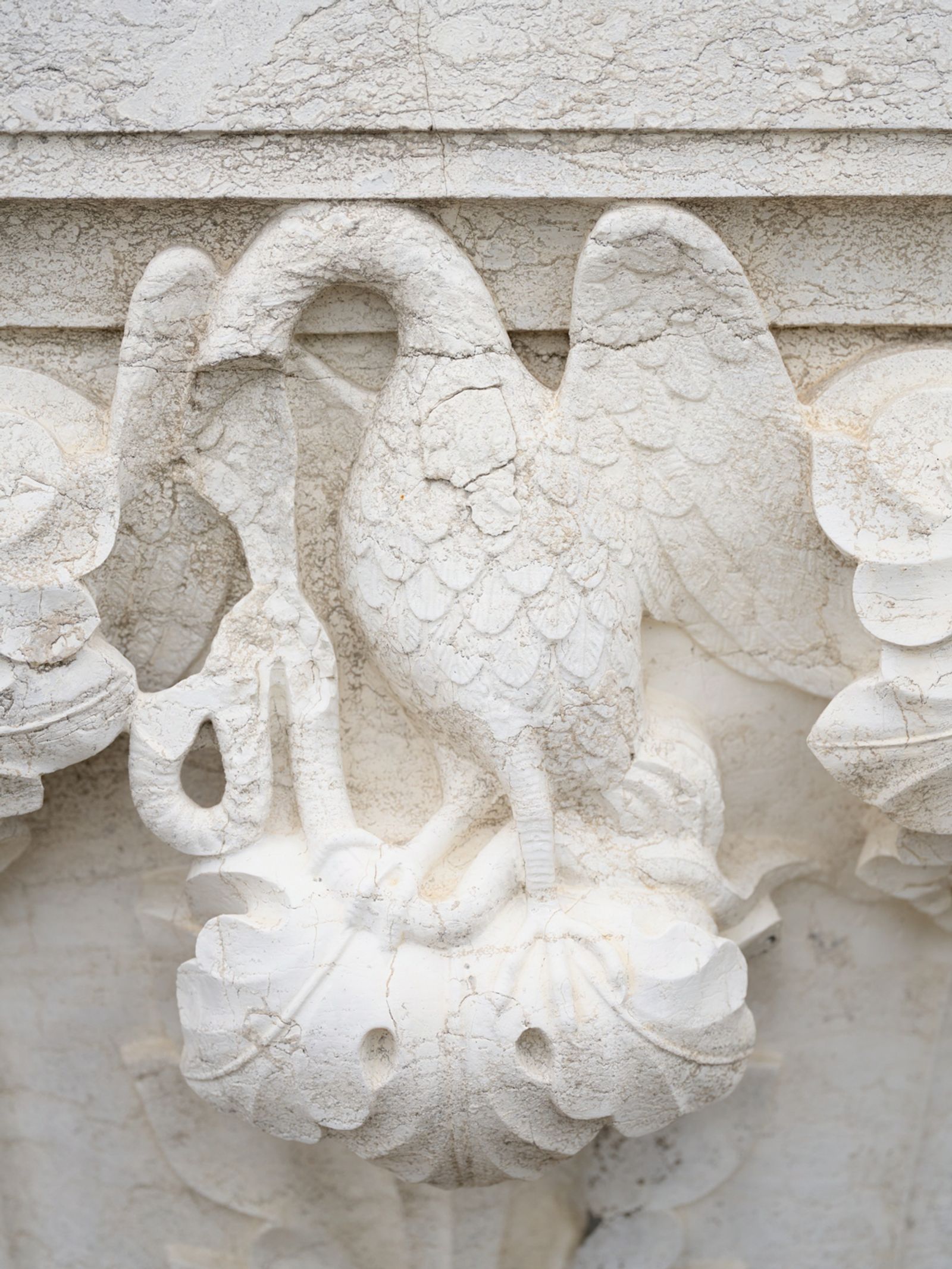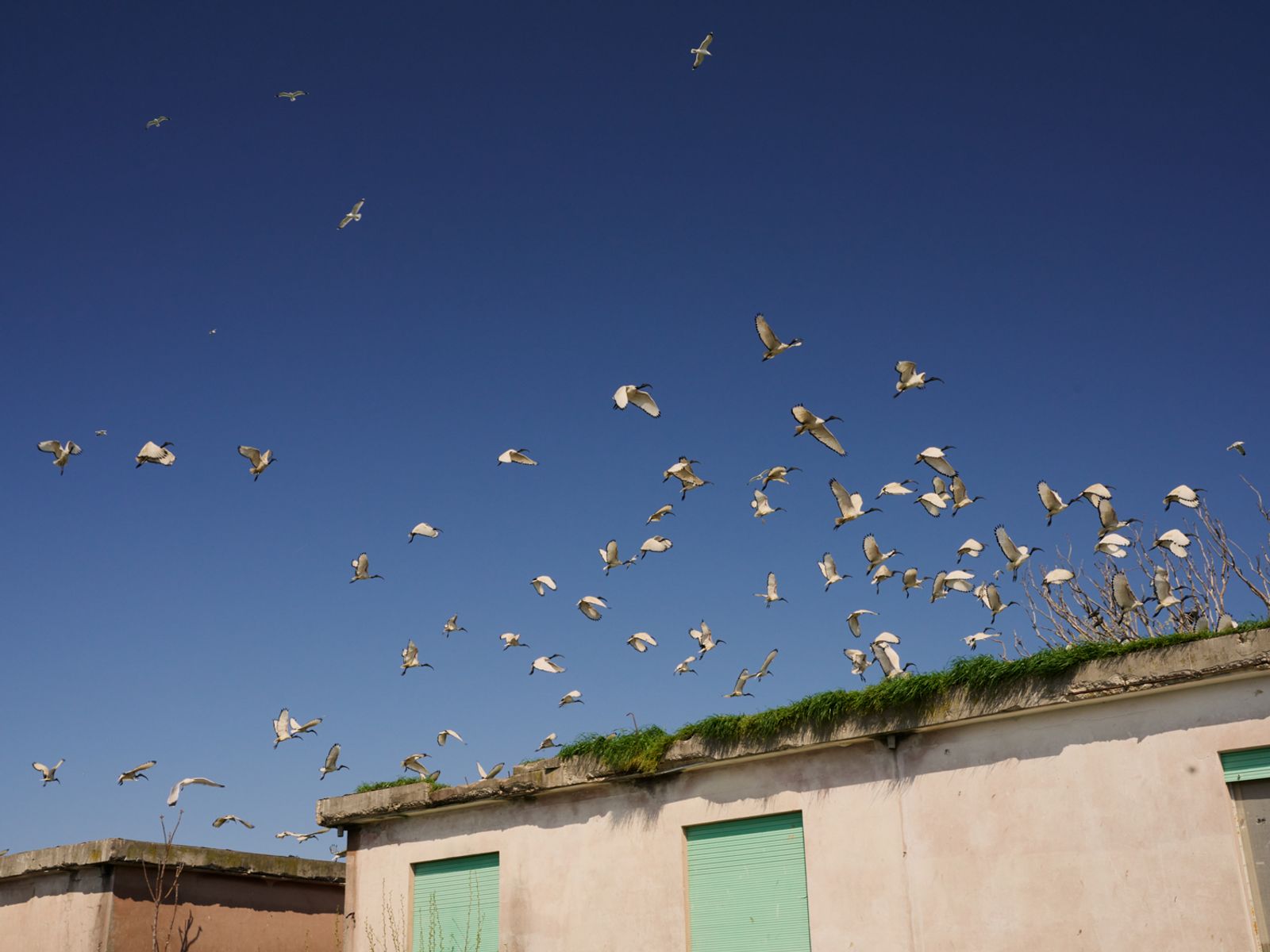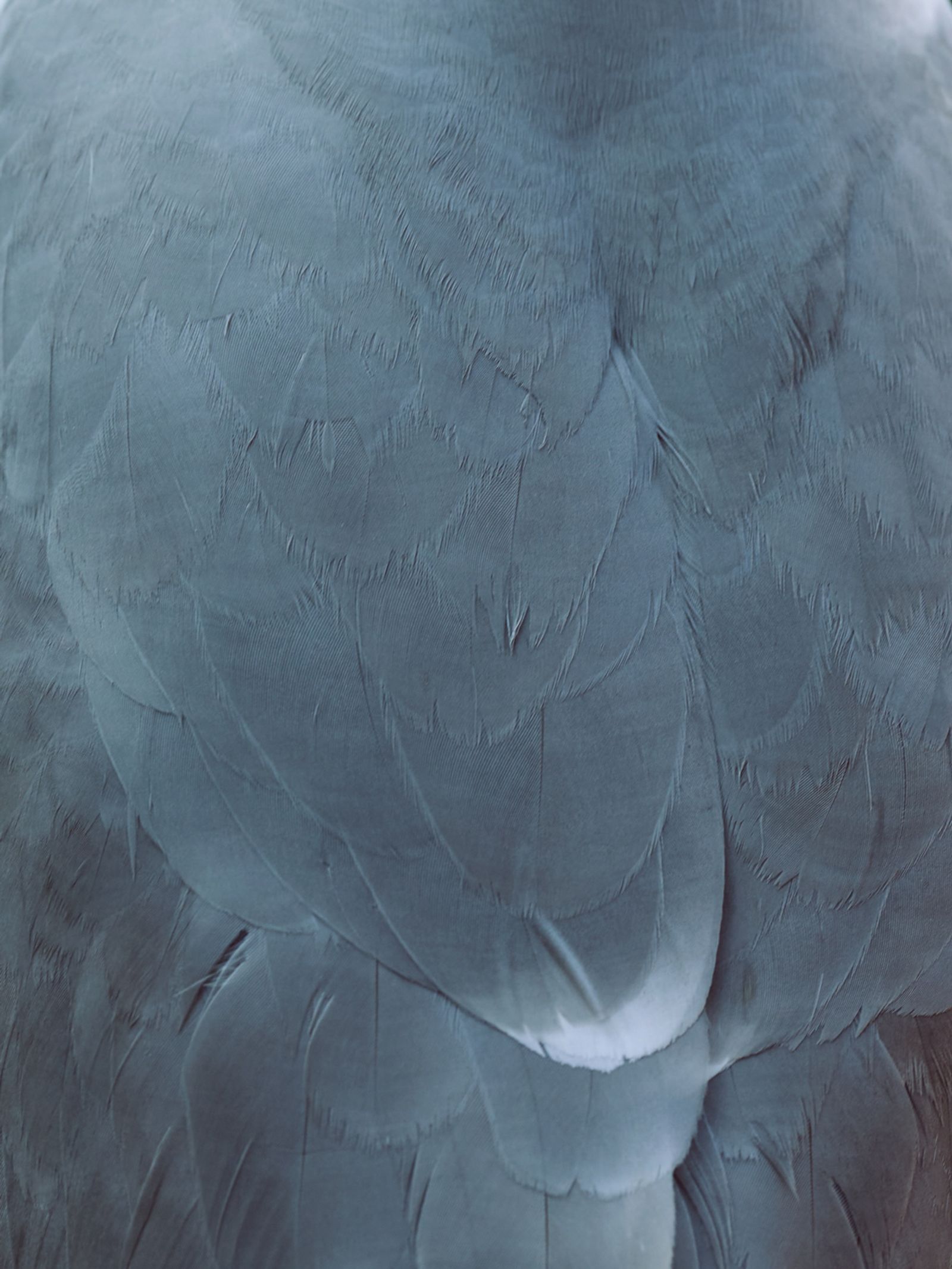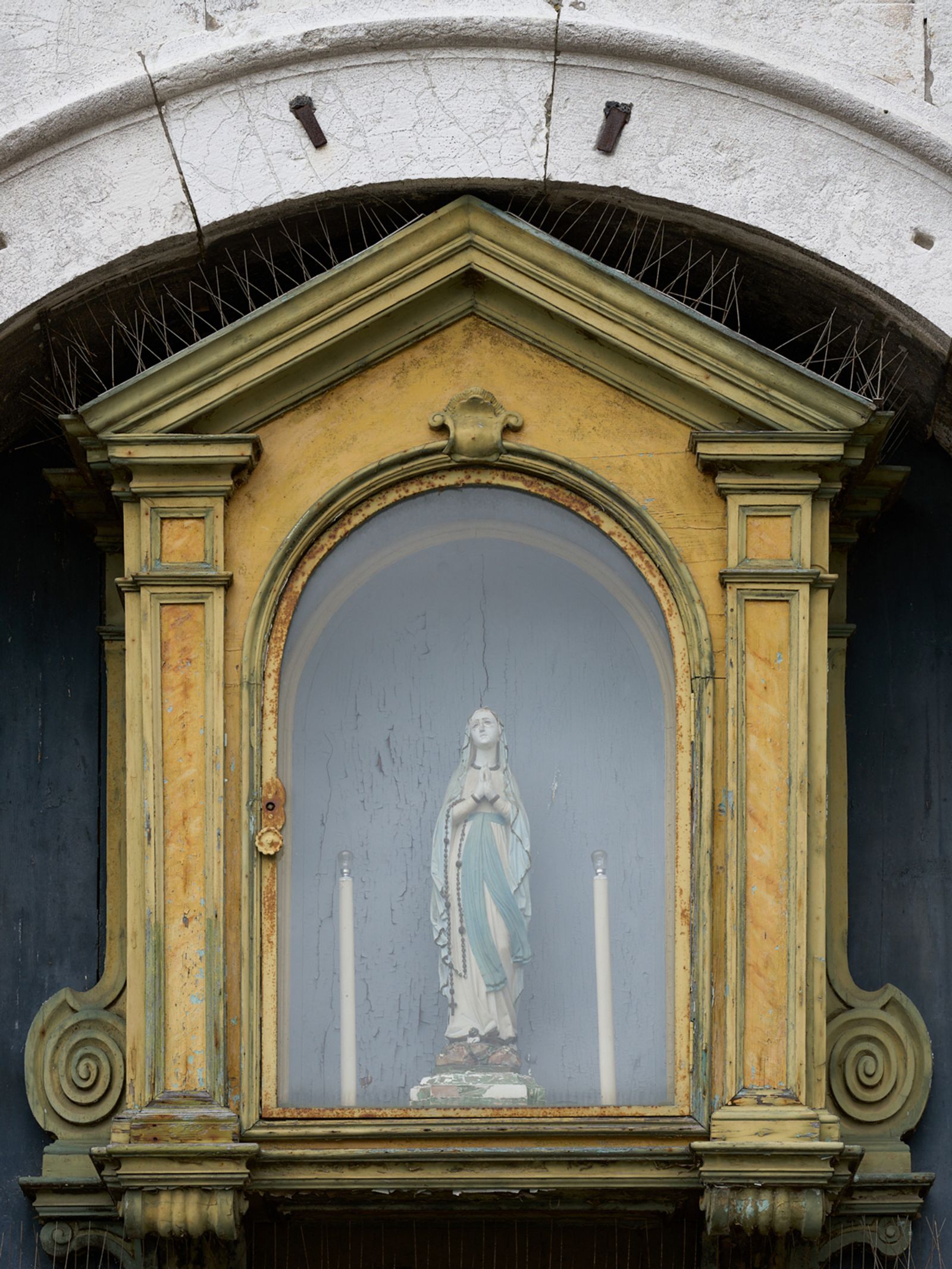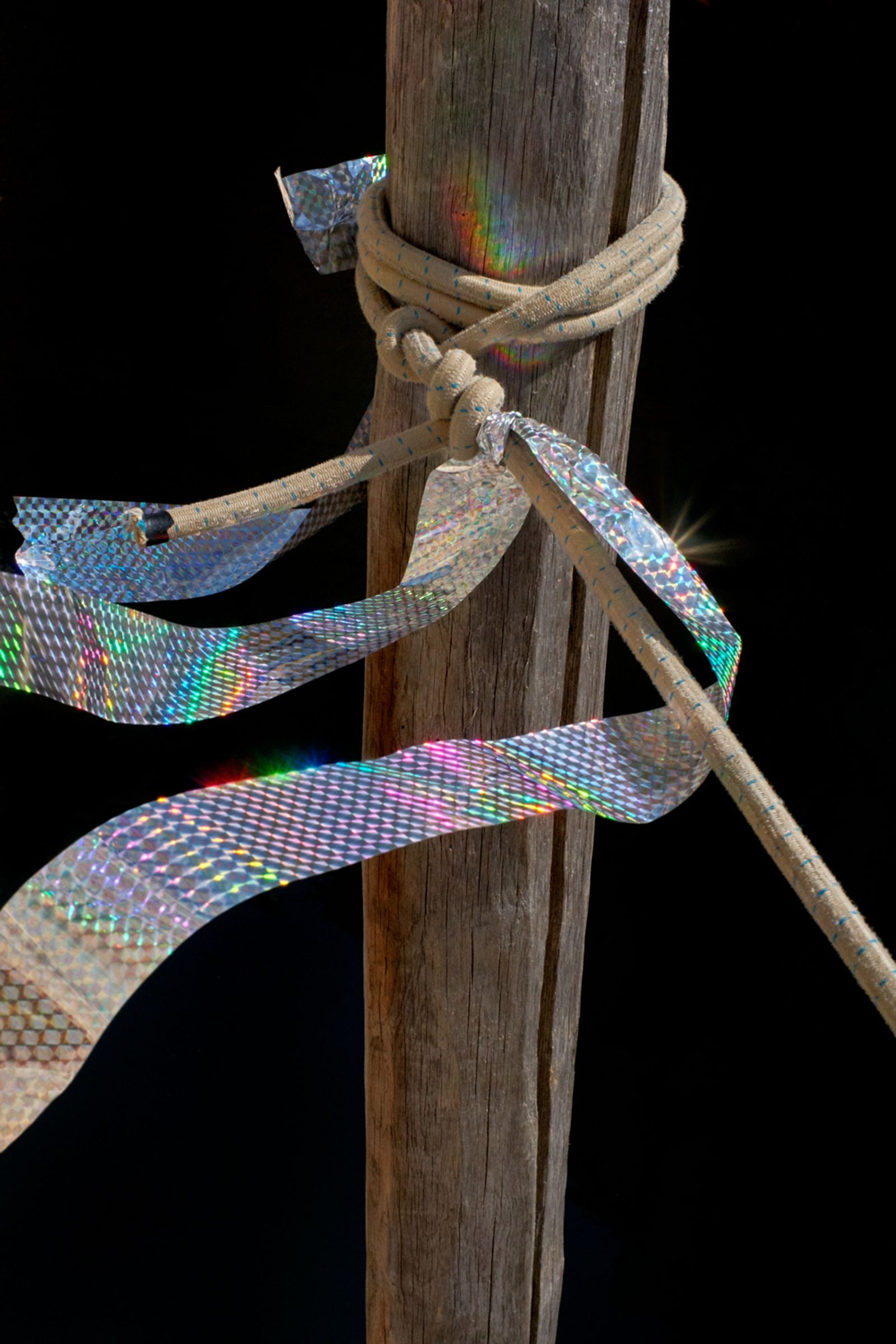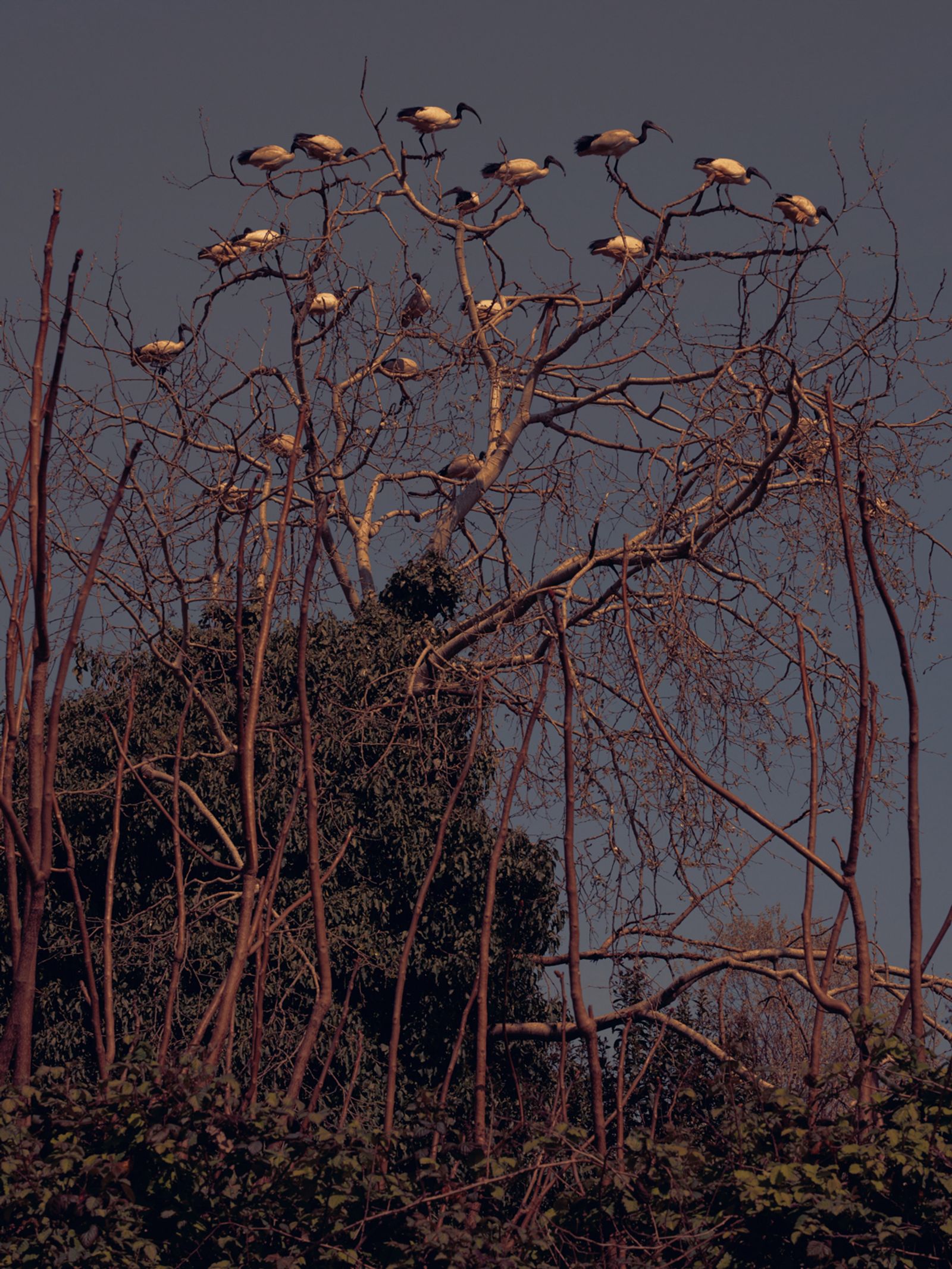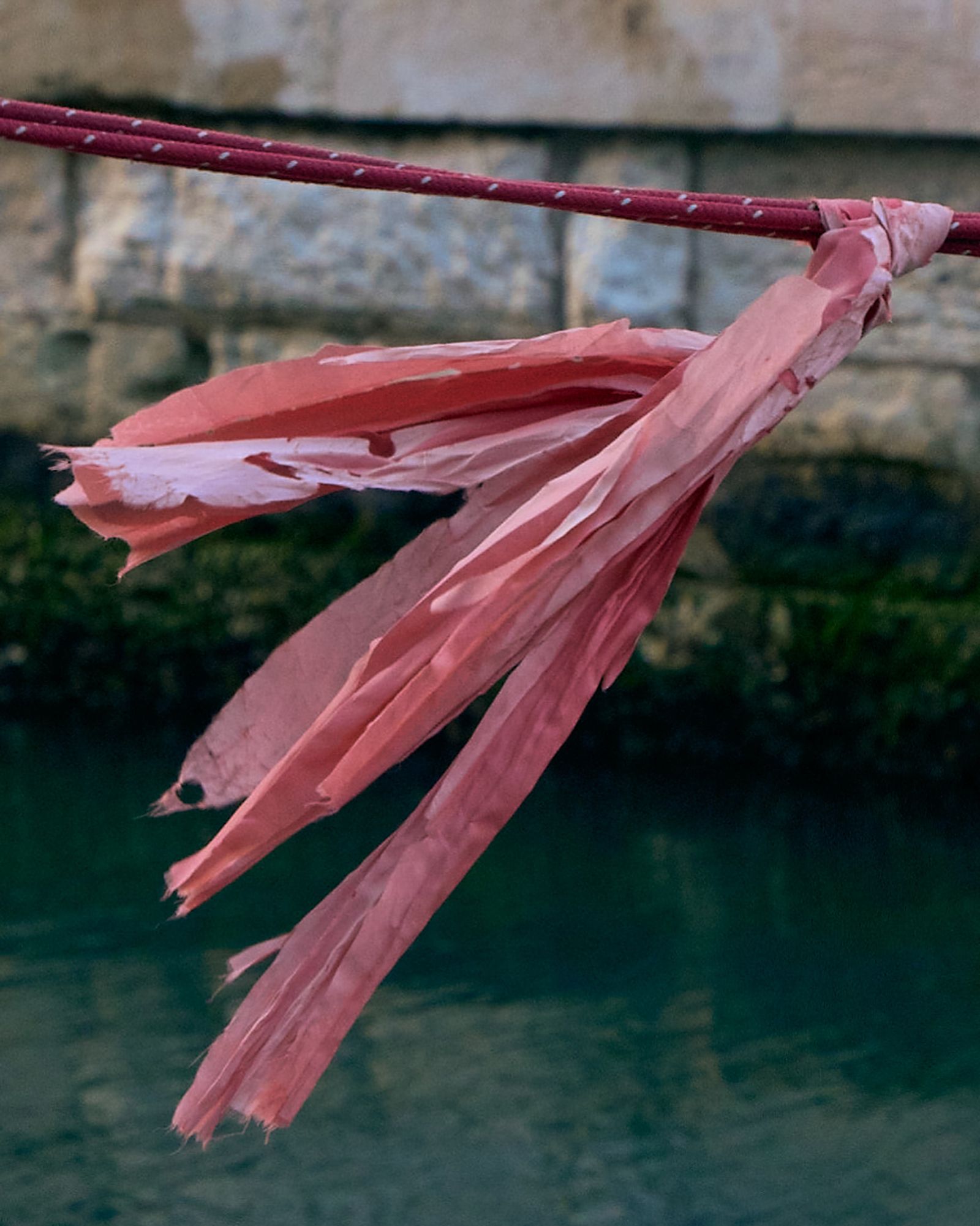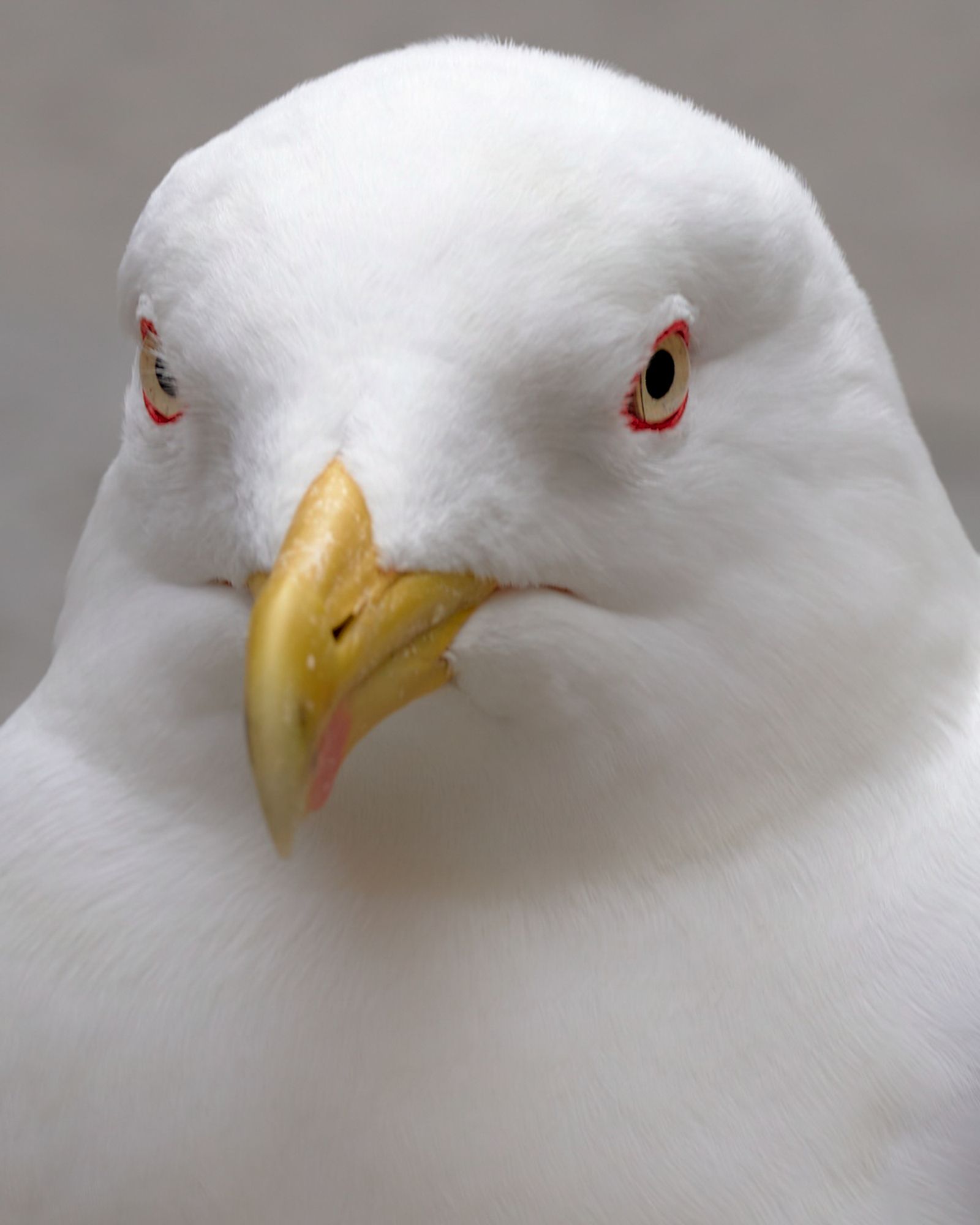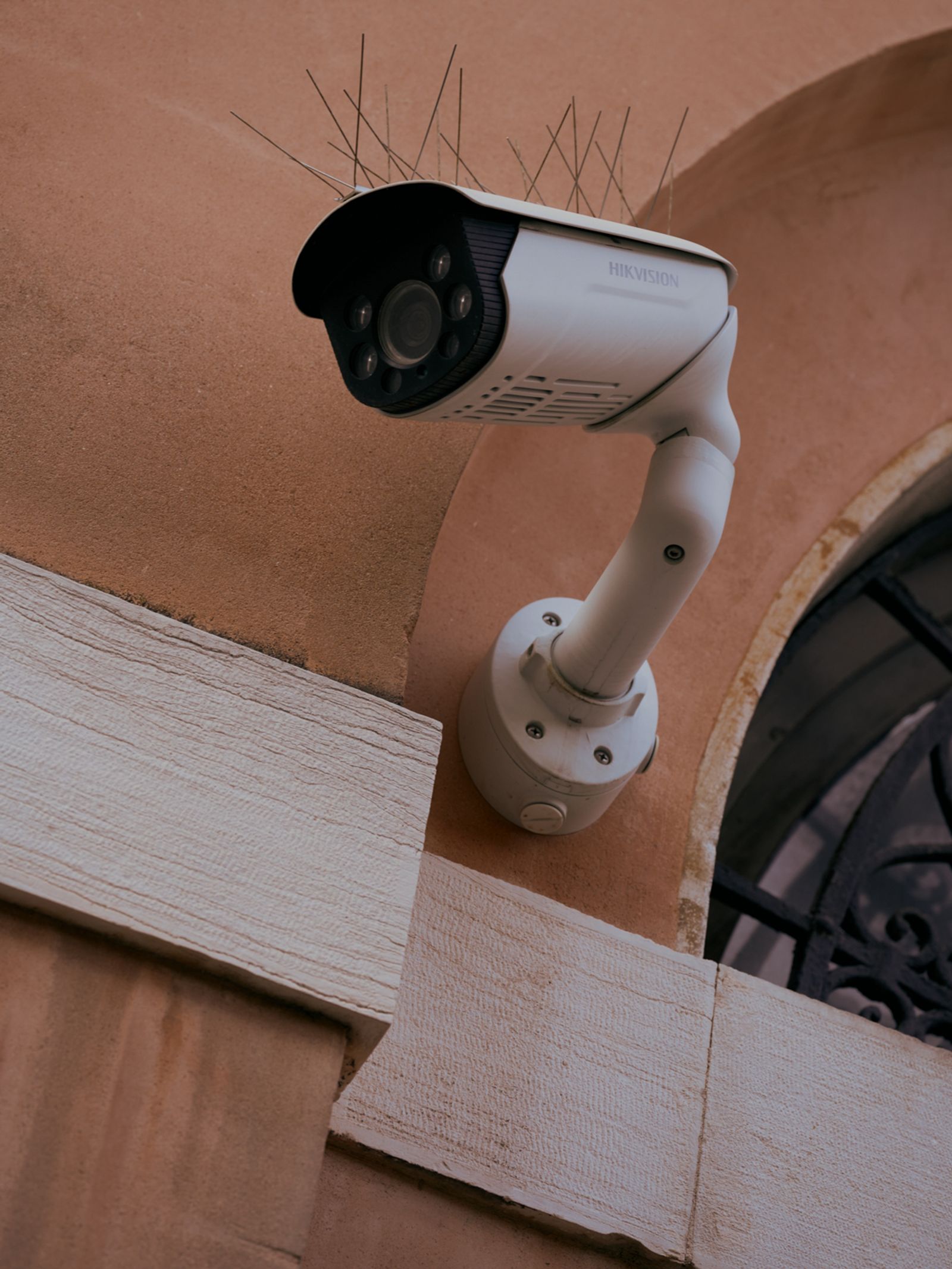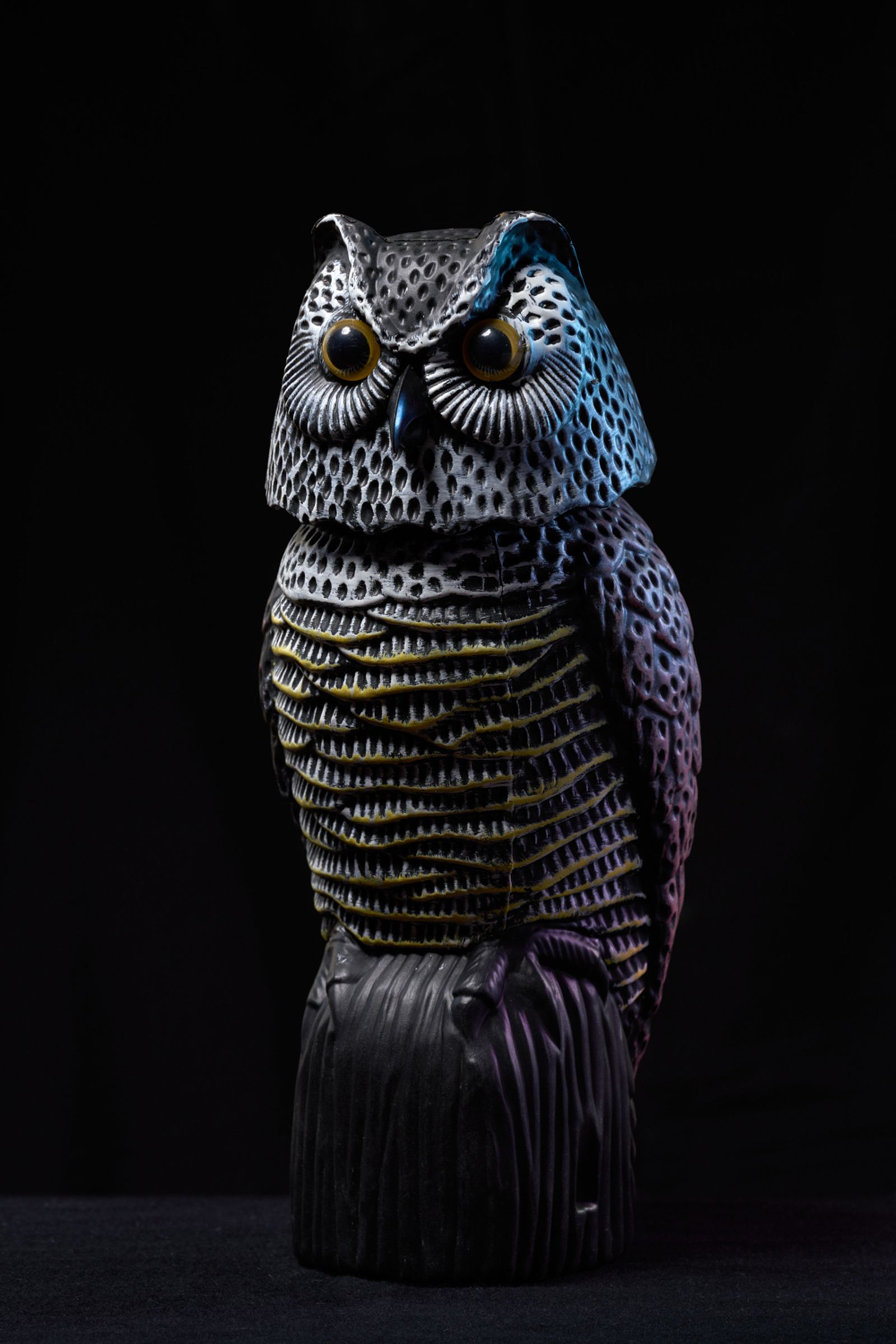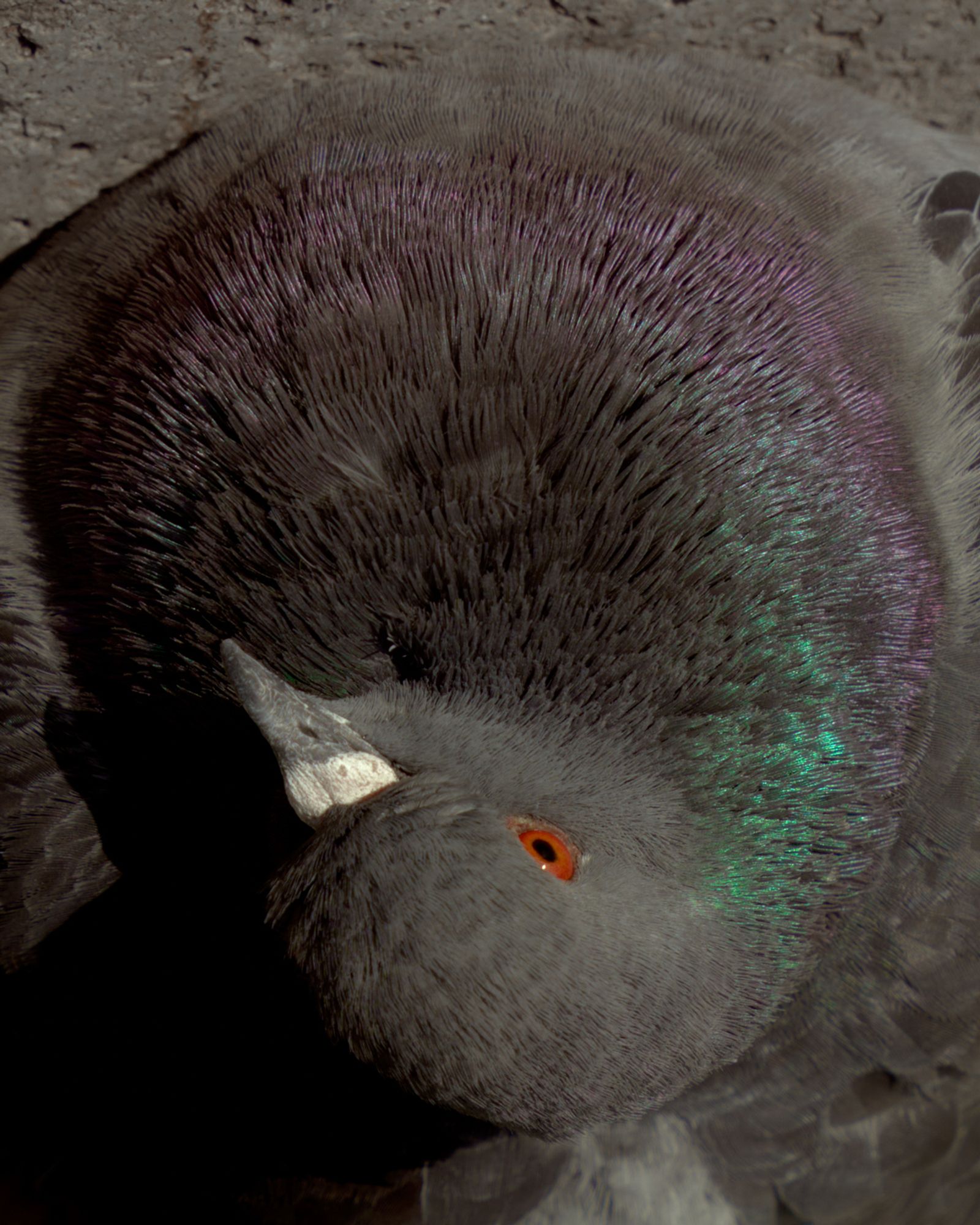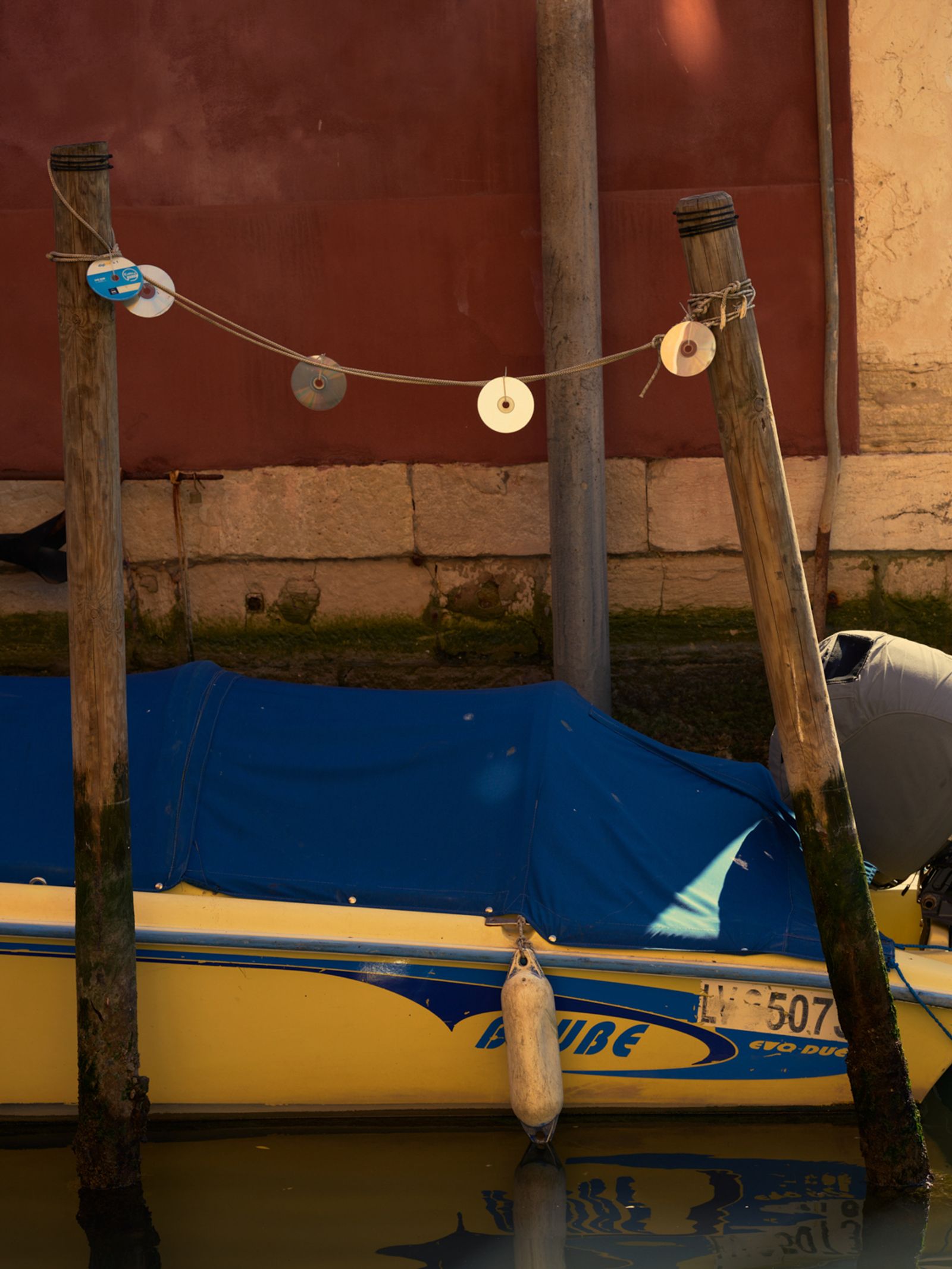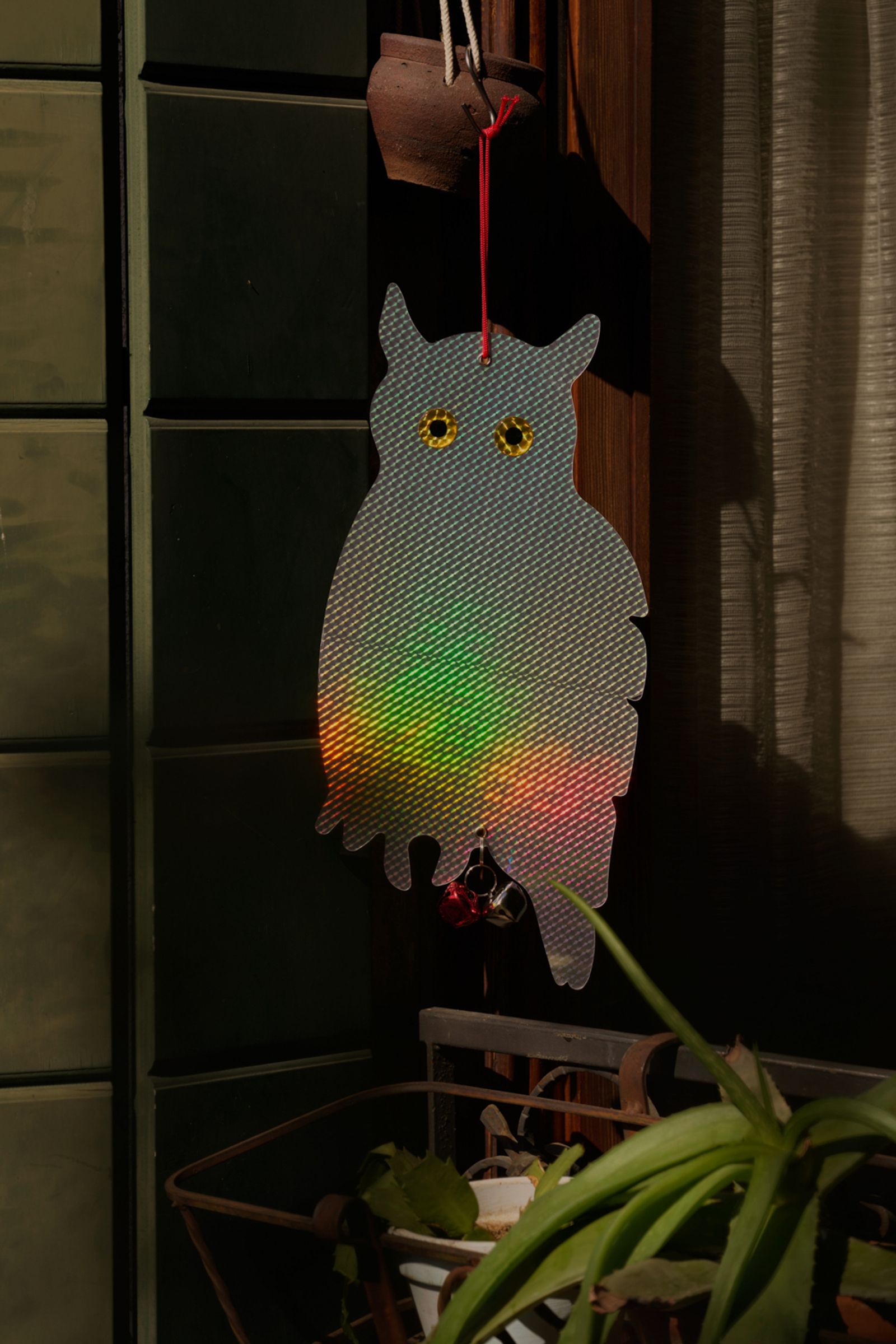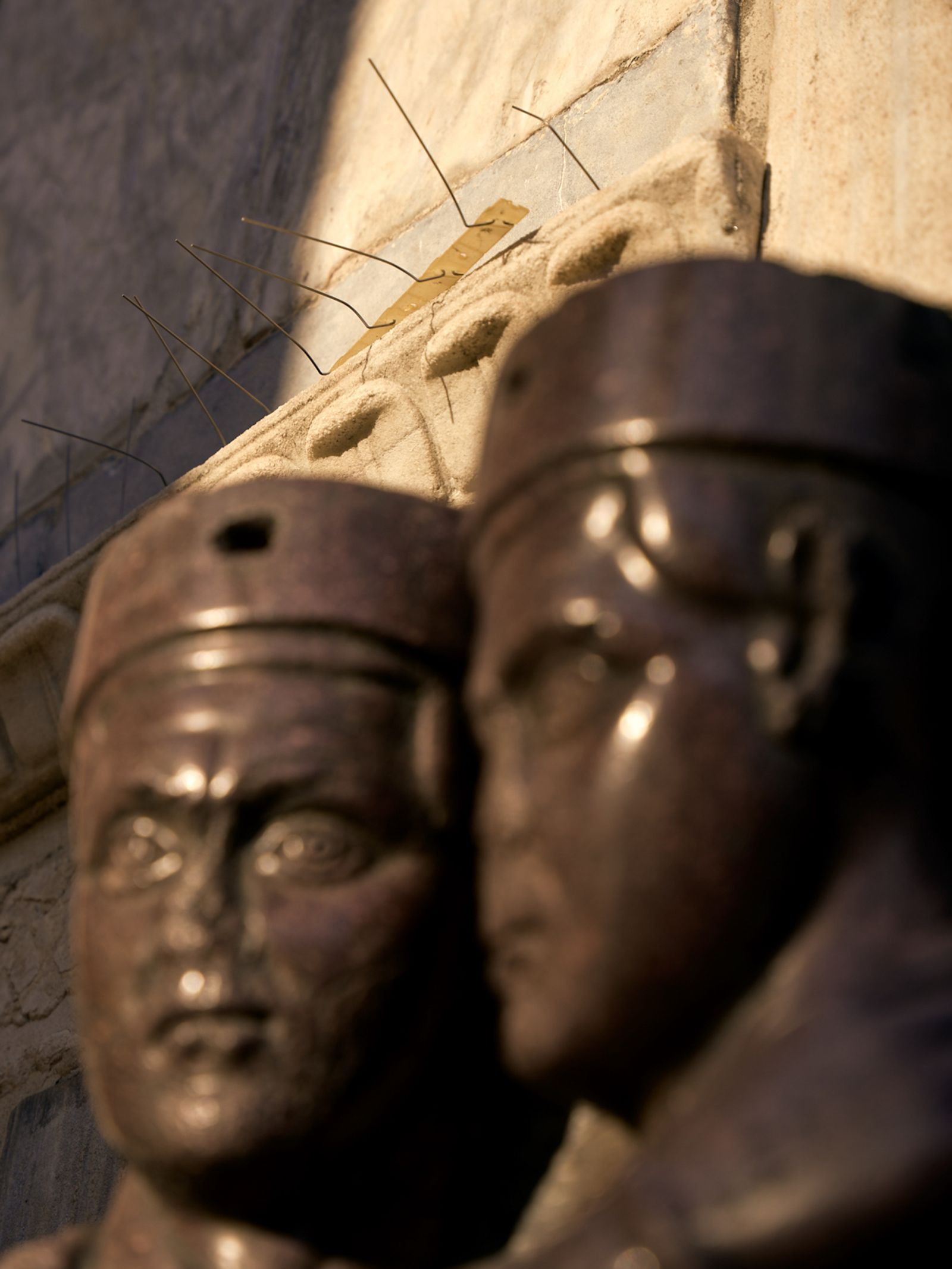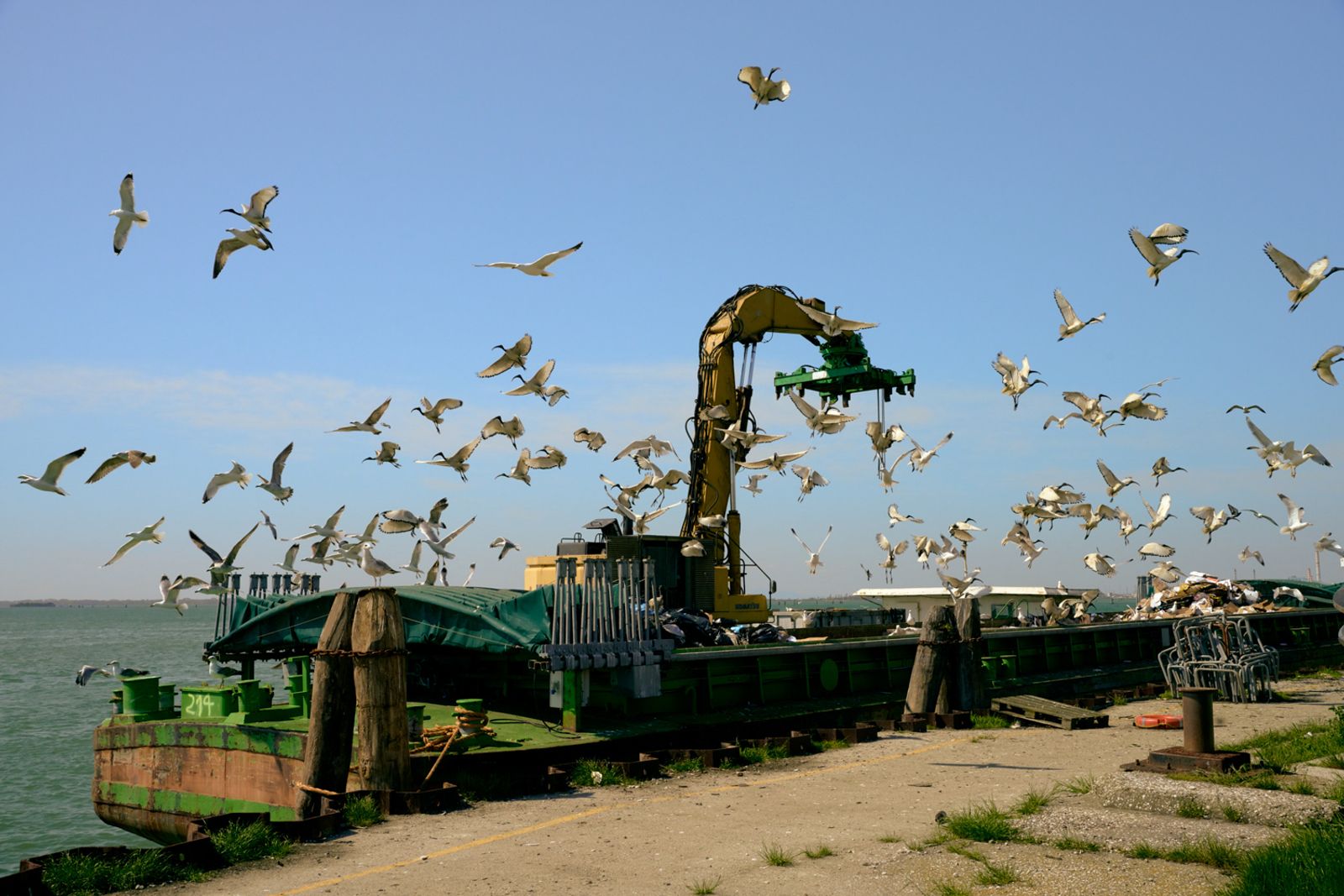Acts of synantropism
-
Dates2025 - Ongoing
-
Author
- Topics Contemporary Issues, Nature & Environment
- Location Venice, Italy
The project explores the coexistence of humans and birds, where pigeons, gulls, and ibises adapt to tourism-driven change, turning deterrents into accidental installations and marginal spaces into shelters of cohabitation
Synanthropism — from the Greek syn (“together”) and anthropos (“human”) — refers to the adaptation of animal species to human environments, in close dependence on our activities. This project explores the cohabitation between humans and birds in Venice, where the lagoon landscape has fostered a unique synanthropic fauna: pigeons, gulls, and ibises. Their proliferation reflects systemic changes in the city, driven by tourism and rising waste. These birds occupy spaces abandoned by less resilient species, leaving visible traces in the urban fabric: spikes, predator silhouettes, reflective tape. Installed as deterrents, they resemble accidental installations — signs of an uneasy coexistence. Birds respond by inhabiting marginal, overlooked spaces, turning them into shelters. In this dynamic, the city becomes a stage, and the deterrent an aesthetic gesture.
